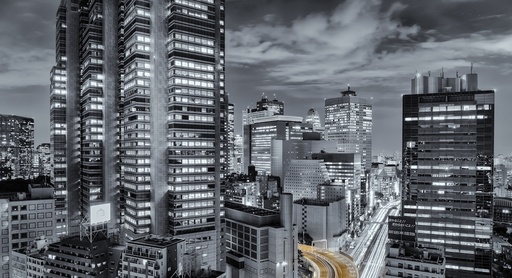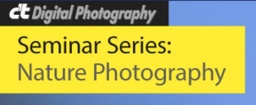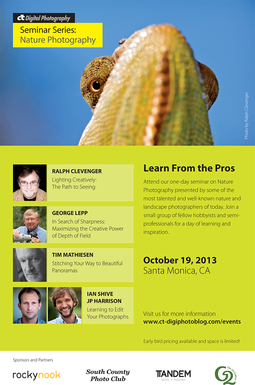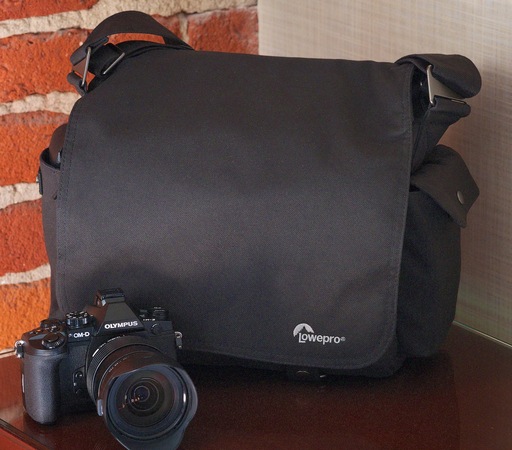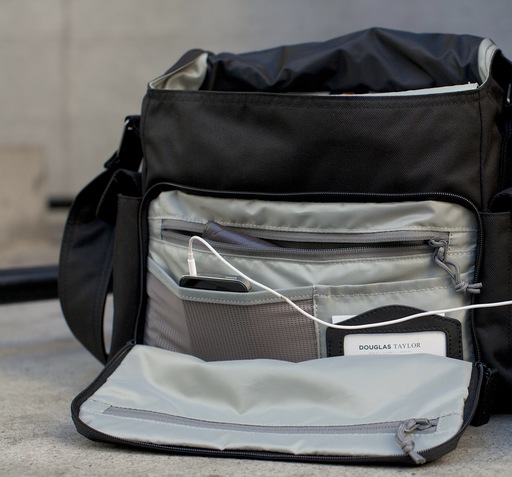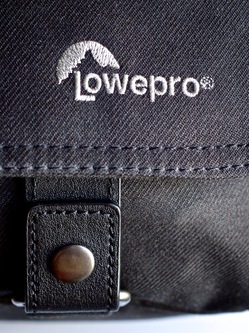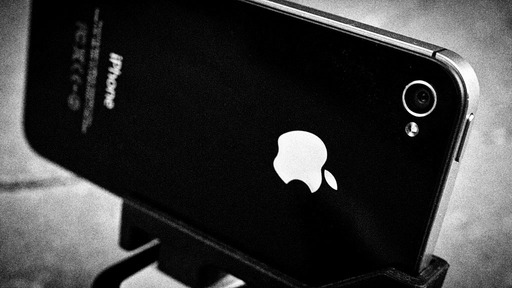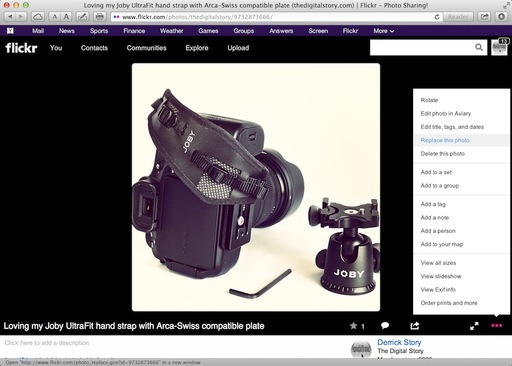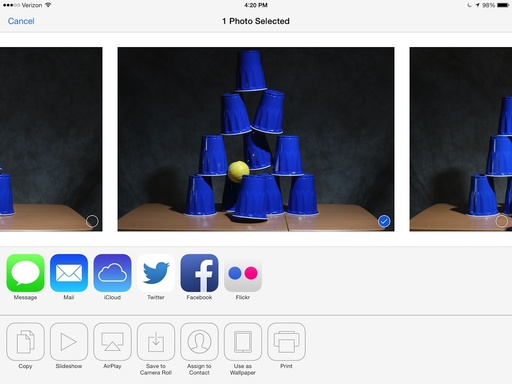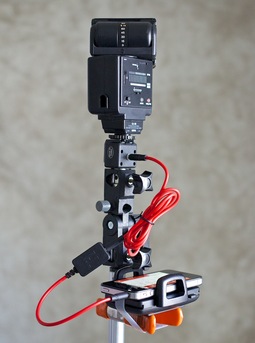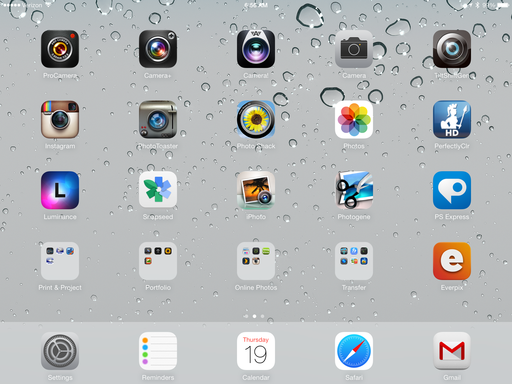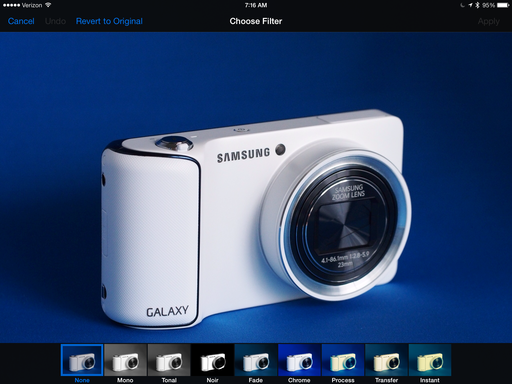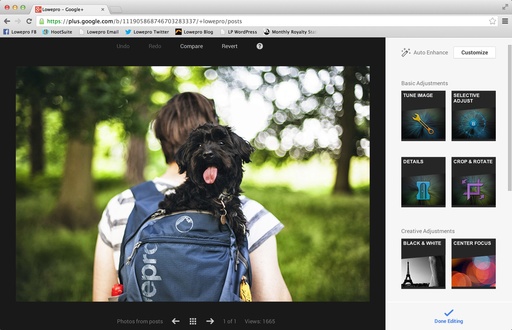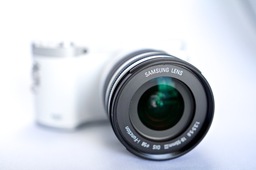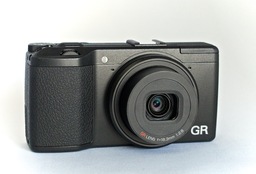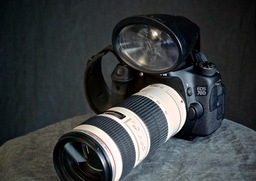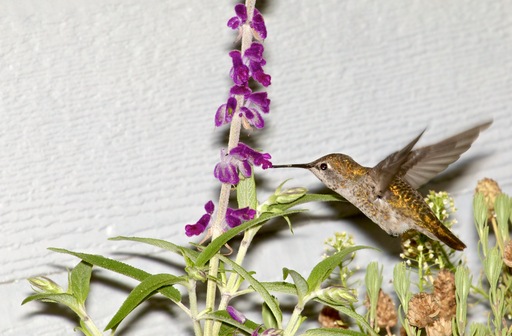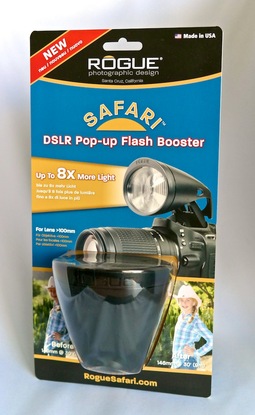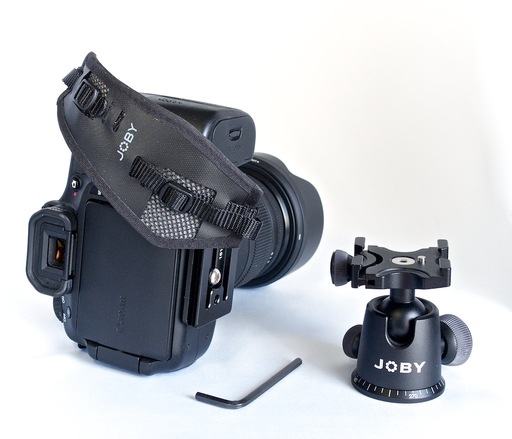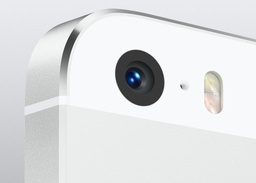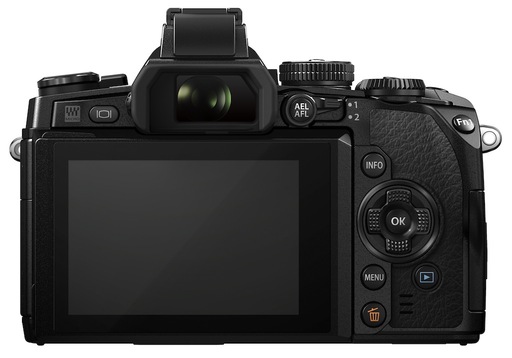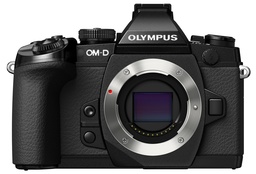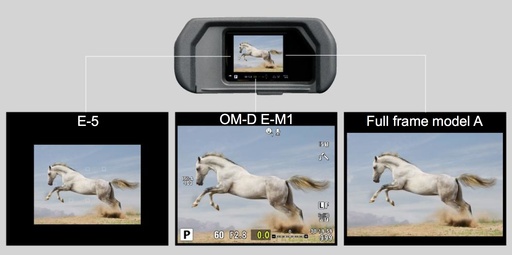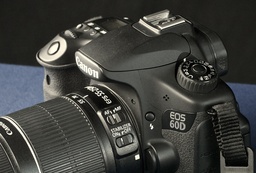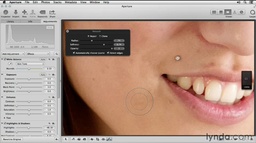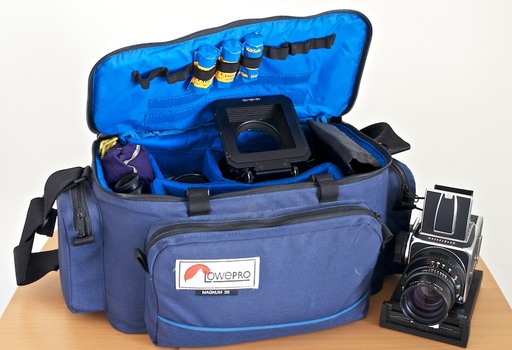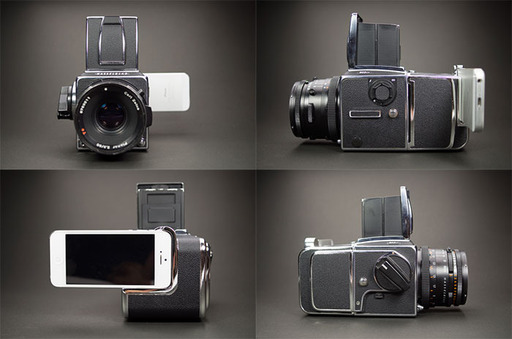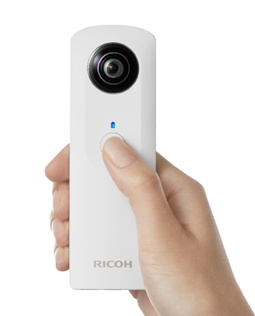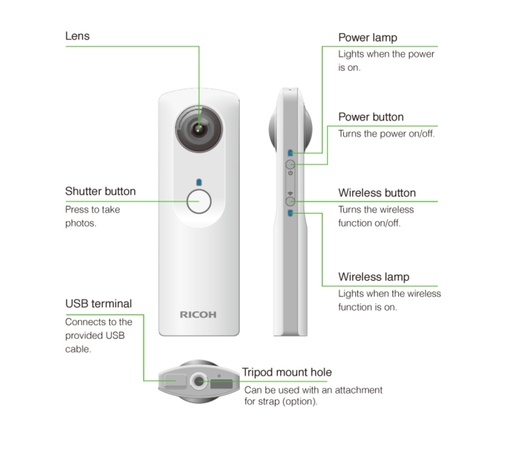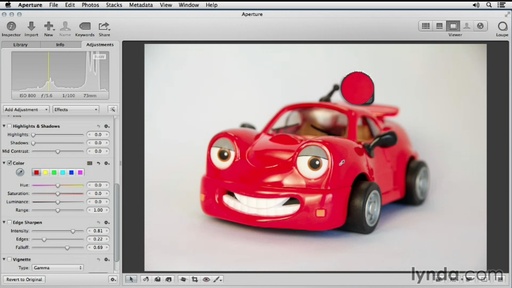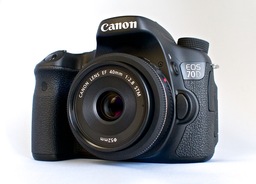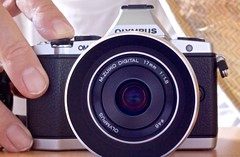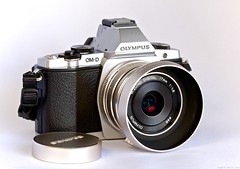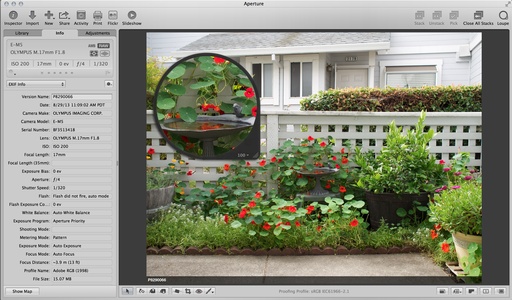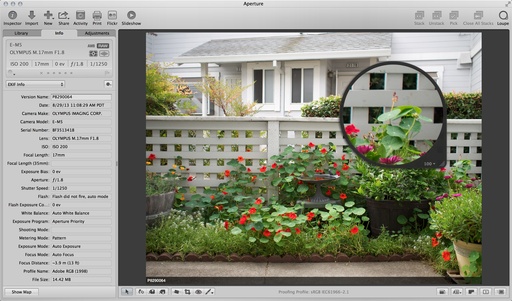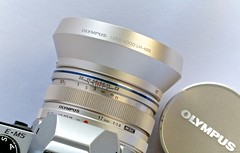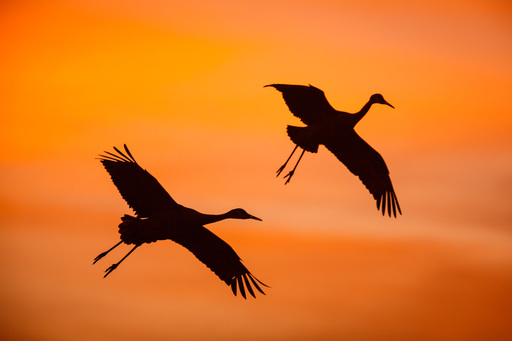For the August 2013 Photo Assignment, TDS shooters packed their cameras and hit the pavement. See for yourself in our gallery, Street Scene. And which one will be the SizzlPix Photo Assignment Pick of the Month?
Photo by Brian Wood-Koiwa. "I took it from my apartment balcony near Shinjuku, Tokyo," wrote Brian. "I wanted to play with long exposure using the EOS Remote iPhone app to make the street down below (a normally very busy street during the day) look empty. The elevated expressway was actually quite quiet." See all of the great images from this month's assignment by visiting the Street Scene gallery page.
Participate in This Month's Assignment
The Oct. 2013 assignment is "My House Is My Castle." Details can be found on the Member Participation page. Deadline is Oct. 31, 2013. No limit on image size submitted.
Please follow the instructions carefully for labeling the subject line of the email for your submission. It's easy to lose these in the pile of mail if not labeled correctly. For example, the subject line for this month's assignment should be: "Photo Assignment: Oct. 2013." Also, if you can, please don't strip out the metadata. And feel free to add any IPTC data you wish (These fields in particular: Caption, Credit, Copyright, Byline), I use that for the caption info.
Gallery posting is one month behind the deadline. So I'm posting August 2013 at the end of Sept., the Sept. gallery will be posted at the end of Oct., and on and on.
Good luck with your October assignment, and congratulations to all of the fine contributors for August.
Want to Comment on this Post?
You can share your thoughts at the TDS Facebook page, where I'll post this story for discussion.
iPad for Digital Photographers
If you love mobile photography like I do, then you'll enjoy iPad for Digital Photographers-- now available in print, Kindle, and iBooks versions.
